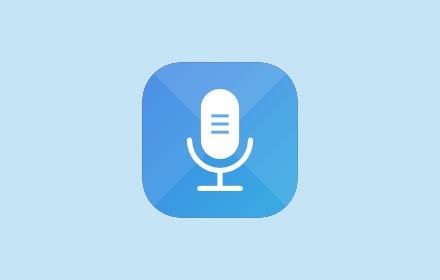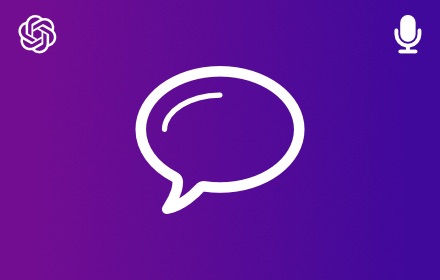Attention: the latest ChatGPT version wreaks havoc on Voice Control
An update has been released to fix the issue. Please reinstall to get the latest version of the extension.
Voice Data Analytics for Business Intelligence
In the era of big data, harnessing the power of speech has become increasingly valuable for business intelligence. Voice Data Analytics for Business Intelligence, as a keyword, represents the integration of voice data into the analytics process, providing insights that can shape decision-making within organizations. This form of analytics leverages sophisticated algorithms to process, analyze and interpret human speech, creating a wealth of information for companies seeking to understand their customers better, improve operations, and stay competitive.
The Importance of Voice Data in Modern Analytics
Voice data has emerged as a crucial player in the landscape of modern analytics. Businesses now recognize that the nuances of tone, sentiment, and context captured in spoken interactions offer a depth of understanding that goes beyond traditional data points. This realization has driven companies to collect and analyze voice data from customer service calls, virtual meetings, and various customer touchpoints.
Integrating voice data with other forms of business intelligence, like customer behavior patterns and sales data, can reveal comprehensive insights. For instance, analyzing customer service calls can help identify common pain points, monitor brand sentiment, and track the effectiveness of service strategies—which, in turn, could lead to improved customer experiences and increased loyalty.
Utilizing Voice Data Analytics for Strategic Decision-Making
Leveraging Voice Data Analytics for Business Intelligence means that companies can make strategic decisions grounded in quantitative and qualitative data. It is not just about the volume of voice data but the ability to extract meaningful patterns and insights from it. For example, nuances in customer tone and language usage can indicate satisfaction levels, provide early warning signs of churn, or highlight areas of exceptional performance within a business.
The application of machine learning models in voice data analytics allows for the identification of trends and correlations that would be impossible for humans to discern. This leads to more informed decision-making processes where data-backed insights can guide marketing strategies, product development, and customer service protocols.
Advancements in Technology Enhancing Voice Data Analysis
In recent years, technology underpinning voice data analysis has made significant leaps. With advancements in natural language processing and machine learning algorithms, analyzing complex voice data has become more accurate and insightful. Technologies like Voice Control for ChatGPT not only make conversational AI more interactive but also offer rich datasets that could be invaluable for understanding user intent and behavior.
Mia AI, as a compassionate voice-first AI assistant, is a prime example of the application of voice data analytics in helping users manage life and work. Such tools do not merely respond to queries; they analyze language and sentiment, providing human-like interactions that can be used to enhance services and user experiences.
Voice data analytics for business intelligence is more than a passing trend. It represents a fundamental shift in how companies approach data and insights. As speech-to-text and text-to-speech technologies continue to advance, the scope for application in analytics will only broaden, offering businesses a chance to capitalize on an untapped data stream.
With continuous development and integration into analytical platforms, voice data is slated to become one of the most important assets for businesses looking to harness the full power of business intelligence. This opens up opportunities not only for customer-centric companies but also for organizations seeking to optimize internal communications and operations.
In conclusion, Voice Data Analytics for Business Intelligence stands at the forefront of the evolving landscape of data analysis. With the capacity to turn spoken interactions into actionable insights, businesses have an invaluable tool for enhancing decision-making and fine-tuning their strategic direction. As the technology matures, we can expect voice data to become an even more integral part of analytics, shaping the future of business intelligence.
Subscribe to our newsletter
Subscribe to our newsletter for tips, exciting benefits, and product updates from the team behind Voice Control!
Other projects from the team

Talkio AI
The ultimate language training app for the browser that uses AI technology to help you improve your oral language skills.

VoiceType
Simple, Secure Web Dictation. VoiceType brings the convenience of voice-to-text technology directly to your browser, allowing you to input text on any website using just your voice.

Voice Control for Gemini
Expand the voice features of Google Gemini with read aloud and keyboard shortcuts for the built-in voice recognition.